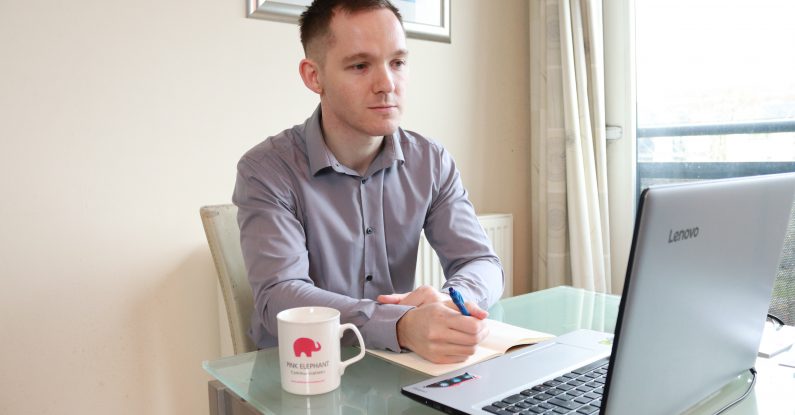
I ran a business writing training course in Glasgow recently.
Over coffee, we discussed a familiar problem.
“I spend most of my day in front of my emails.”
“When I’ve taken time off, it takes me a full week to catch up with everything.”
I believe there are two problems here:
Both can be sorted through three simple business writing techniques.
Here they are.
We can receive 100+ emails a day, so you’re fighting for people’s attention.
A study by the Neilson Group shows that people can process emails incredibly quickly.
And only really pay attention to the headlines and initial copy.
That’s why I always start with the point of the email in the first full line.
“Hi John,
I trust you’re well.
I’d like to organise a call to go through the schedule for next week.”
Simple, proactive, productive.
I have a simple rule for how to write better emails.
If I’m unable to explain myself in ten sentences, I’ll pick up the phone instead.
Similarly, if I’m sent one with 10+ lines, it’s unlikely I’ll read it straight away.
Drafting an email can be a useful exercise in working out the content and structure of that phone call.
But if it’s complicated, connect directly via phone or in person.
When I screen lots of emails in a short period, all I’m thinking is:
“Do I need to do anything?”
If the ask is too vague, weak or complicated, or is buried under too much information, I’ll move on to the next email.
Consider this as an example:
“You can let me know if you like the product, want something else, or have any more questions.”
I see two problems here:
First problem: there are three asks.
If I threw three tennis balls to you at the same time, you’d be unlikely to catch any of them.
If I threw one, the likelihood increases significantly.
So pick one, and throw only that one.
Second problem: it’s a statement, rather than a question.
Questions hijack the brain momentarily.
Studies have shown that when we’re asked a question, our brain downs its tools and contemplates only that question.
The mere asking of a question makes the audience up to 35% more likely to complete the action.
That’s extremely powerful.
So ask a question rather than a statement.
It’s another step towards how to write better emails.
Research shows that when average sentence length is 14 words, reader understanding is 90%.
Triple the length of the sentence and readability falls to 10%.
Enough said.
Often the title is the first thing we write.
So we pick something generic, that describes our general thought pattern.
I’m as guilty as anyone for falling into the trap.
Recently I checked my most popular email titles:
Hardly engaging.
Also, they’re all about me.
Now, the title is the last thing I write, when I’m clear on the point of the email.
“Names for your media training session on Tuesday”.
“Your proposal: what did you think?”
They’re about you and your needs.
New data suggests that people prefer email titles that get straight to the point.
Overly-creative titles may land in Spam, or be sent there by the reader.
As email marketing giant Mailchimp puts it: ‘tell, don’t sell’.
Want to have your emails analysed?
Find out more about our business writing courses in Glasgow.
Which we can also do virtually.
Wherever you are in the world.
We look forward to hearing from you.
Via email, of course.
Andrew McFarlan is the Managing Director of Pink Elephant Communications in Glasgow.
You can view his full profile here.
Photo credits: www.thequotes.in; Brooke Lark on Unsplash; Pink Elephant Communications.
How to write better emails blog re-edited by Colin Stone
22nd August 2018 Featured in: Blog, Business writing training blogs By: Pink Elephant
Some media trainers knock you down…and leave you down. Our media coaches show you how to deal with each knock…and still win through. So you have the presentation skills to perform – with confidence.